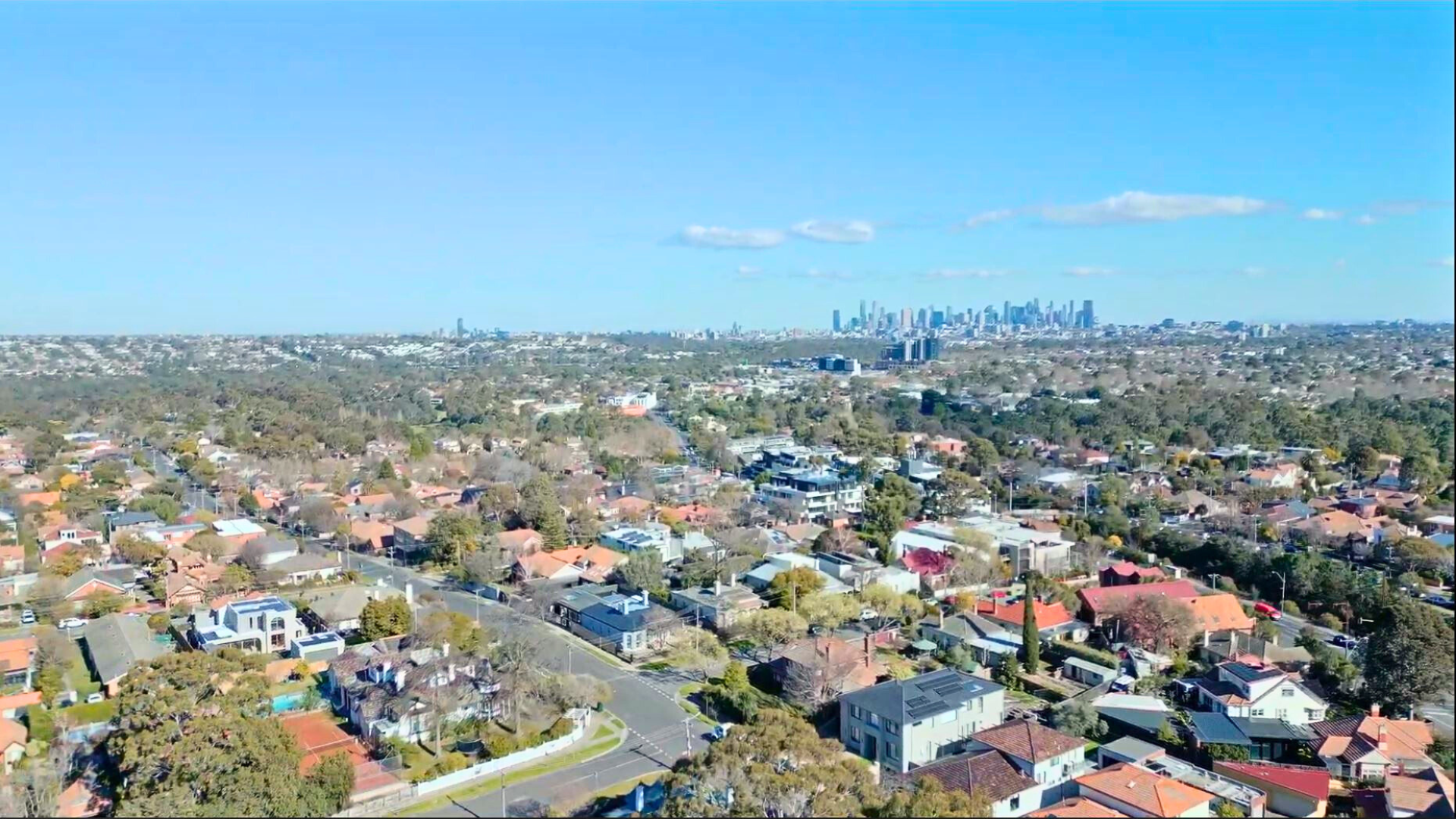What You Can Claim at Tax Time as a Property Investor
Introduction
3 min read
Norus Blog : Mar 14, 2025 1:32:00 PM

The Australian property market is often subject to speculation, with many waiting for a so-called “bubble” to burst. However, historical trends, economic indicators and current data suggest that a significant crash is highly unlikely. While the market may fluctuate, it is underpinned by robust factors such as population growth, economic stabilisation and persistent demand. This think piece explores why buyers waiting on the sidelines might miss out as prices stabilise and gradually increase.
Despite significant headwinds, including multiple interest rate hikes by the Reserve Bank of Australia (RBA), the property market in 2023 demonstrated remarkable resilience. Housing prices stabilised during the year, defying the expectations of many. Unit prices saw a 3.6% growth, while dwelling approvals in Victoria fell by 18.4%, highlighting the ongoing supply shortage.
CoreLogic data supports this trend, noting that completions of new housing stock have been trending lower throughout 2023. The intersection of stabilising prices and restricted supply signals that a dramatic market decline is not only unlikely but also economically implausible.
Australia’s migration numbers are another critical factor driving the property market. In 2023, Australia experienced record migration, with over 500,000 arrivals, a trend that shows no signs of slowing. This influx adds significant pressure to housing supply, particularly in urban areas like Melbourne and Sydney.
Victoria, as a prime destination for many migrants, is feeling the squeeze. Increased demand for housing, coupled with the declining rate of new dwelling approvals, intensifies competition, especially for units and entry-level properties. Migration-driven population growth ensures sustained demand, making a market crash unlikely in the foreseeable future.
Economic conditions are also improving. Inflation is decreasing, interest rates have remained on hold in recent months and employment rates remain consistent. According to the RBA, Australia’s economic growth is expected to strengthen from 2025 onwards. These indicators reflect a stabilising economy, which is critical for property market confidence.
When buyers perceive economic stability, demand for property typically increases, particularly for off-the-plan and established housing in high-demand suburbs. This dynamic is evident in areas like Sandringham, which saw an extraordinary 59% growth in property prices over the past 12 months and Burwood, where consistent growth was recorded last quarter.
One of the most significant challenges for the Australian housing market is the ongoing supply shortage. Declining approval rates for new dwellings, coupled with slow construction completions have exacerbated this issue. Victoria, for example, has seen a sharp reduction in approvals, falling by 18.4% over the past year.
The limited availability of housing stock naturally pushes prices higher, particularly for units, which are often viewed as affordable entry points for first-home buyers and investors. Without significant policy changes to address this shortage, the cost of housing is likely to continue rising over the medium to long term.
Even as some prospective buyers hold off, many suburbs are experiencing notable growth. Sandringham and Burwood are just two examples of areas seeing strong demand and price appreciation. These trends reflect a broader pattern: as key suburbs attract buyers due to their location, amenities and lifestyle offerings, their property values increase, often outpacing market averages.
Several interconnected factors make a dramatic crash in the Australian property market highly improbable:
The Australian property market has weathered significant challenges in recent years and emerged stable, with clear signs of growth. Buyers waiting for a crash risk being priced out as population growth, supply shortages and economic stability continue to drive demand.
Rather than waiting for a crash that is unlikely to occur, prospective buyers should focus on understanding market dynamics and exploring opportunities in high-demand areas. Developers like Norus Projects offer a range of off-the-plan properties that cater to modern living needs, providing buyers with the chance to secure a home or investment at today’s prices while benefiting from future growth. With conditions favouring long-term stability and gradual appreciation, now is the ideal time to reconsider your property strategy and explore projects designed to meet evolving market demands.
The information provided on our website, blogs, social media, and any affiliated websites, is general information from opinions generated from research, information and personal experiences pertaining to the relevant topic. They are intended to provide insights and information on the related topics and not provided to be the entire source of information for individuals. Individuals are encouraged to source further information from real estate professionals and affiliates. Information should not be regarded as legal or real estate advice. The materials are provided for informational purposes only and do not constitute legal advice or should not be solely relied upon for legal advice. Every effort is made to ensure the information is reliable and up to date.

Introduction

Introduction

The property market is always evolving and making informed decisions is crucial when it comes to buying a home or investment property. Recent...